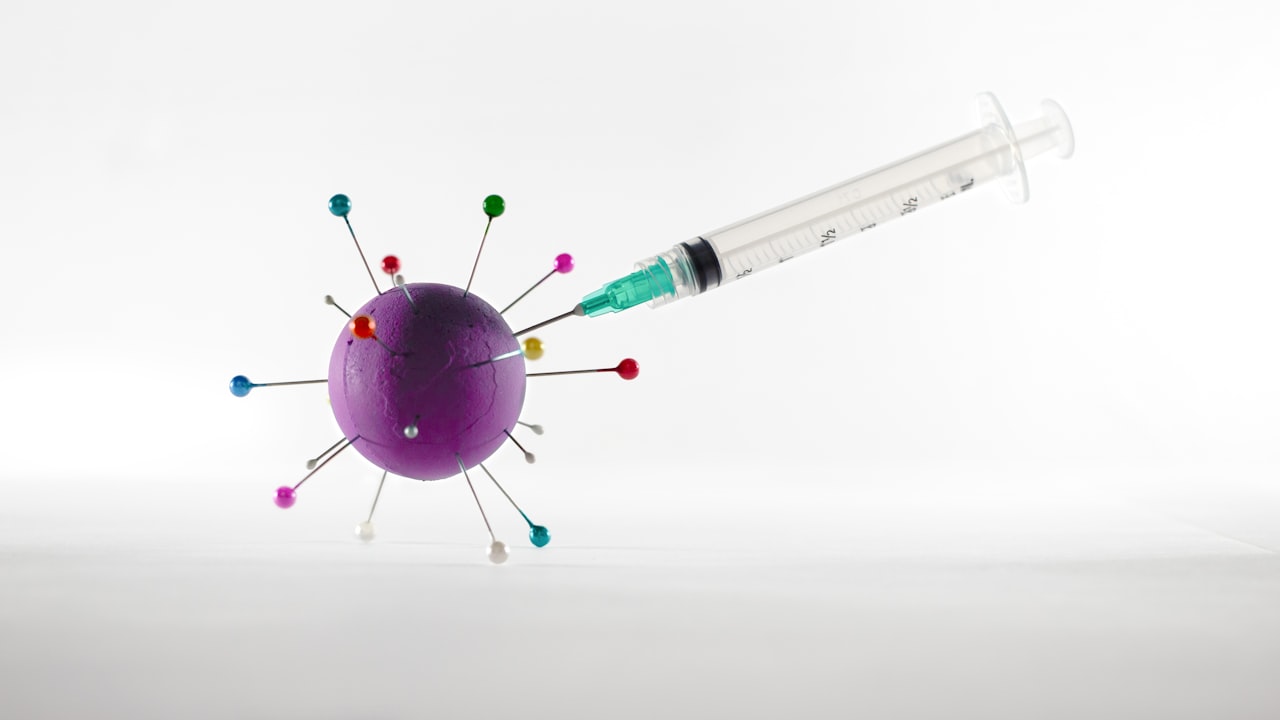Title: Designing High-Quality Injection Molds: Key Factors and Best Practices
Article:
In the modern manufacturing industry, injection molds play a crucial role in producing a wide range of plastic products efficiently and cost-effectively. Designing high-quality injection molds requires careful consideration of key factors and adherence to best practices to ensure superior product quality and production efficiency.
One of the fundamental aspects of designing high-quality injection molds is selecting a reputable injection mold supplier or working with an experienced injection mold factory. Collaborating with a reliable supplier or factory ensures access to expertise in mold design, materials, and manufacturing processes, ultimately leading to the production of molds that meet the highest standards.
When designing injection molds, attention to detail is paramount. Factors such as mold material selection, cooling system design, gate location, and parting line placement significantly impact the performance and quality of the final products. Utilizing advanced design software and simulation tools can help designers analyze and optimize mold designs to achieve the desired product specifications.
Moreover, considering the intended production volume and cycle time is essential in the mold design process. Optimal mold design should balance factors such as cost, production speed, and part quality to maximize efficiency and profitability. Iterative testing and troubleshooting of molds during the prototyping phase can help identify and address potential issues before full-scale production.
In addition to design considerations, maintenance and regular inspection of injection molds are critical for prolonging their lifespan and ensuring consistent product quality. Establishing a proactive maintenance schedule and following proper cleaning and storage practices can prevent issues such as mold corrosion, wear, and deformation, which can impact production efficiency and product consistency.
Overall, designing high-quality injection molds requires a holistic approach that considers various factors, from supplier selection to design optimization and maintenance practices. By following best practices and staying abreast of technological advancements in the field, manufacturers can enhance their mold design capabilities and deliver superior plastic products to meet market demands.
In conclusion, the design of high-quality injection molds is a complex process that requires expertise, attention to detail, and adherence to best practices. By prioritizing factors such as supplier selection, design optimization, and maintenance, manufacturers can achieve superior mold performance and product quality, ultimately driving success in the competitive manufacturing landscape.

 Title: “The Impact of Injection Molds on Manufacturing Efficiency”
Title: “The Impact of Injection Molds on Manufacturing Efficiency” Title: Design Principles and Maintenance of Injection Molds
Title: Design Principles and Maintenance of Injection Molds